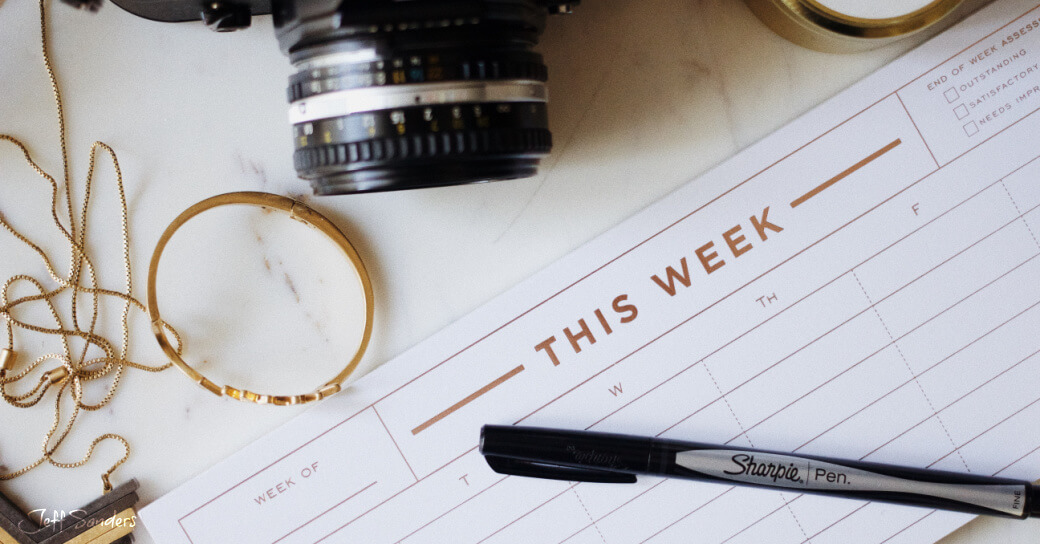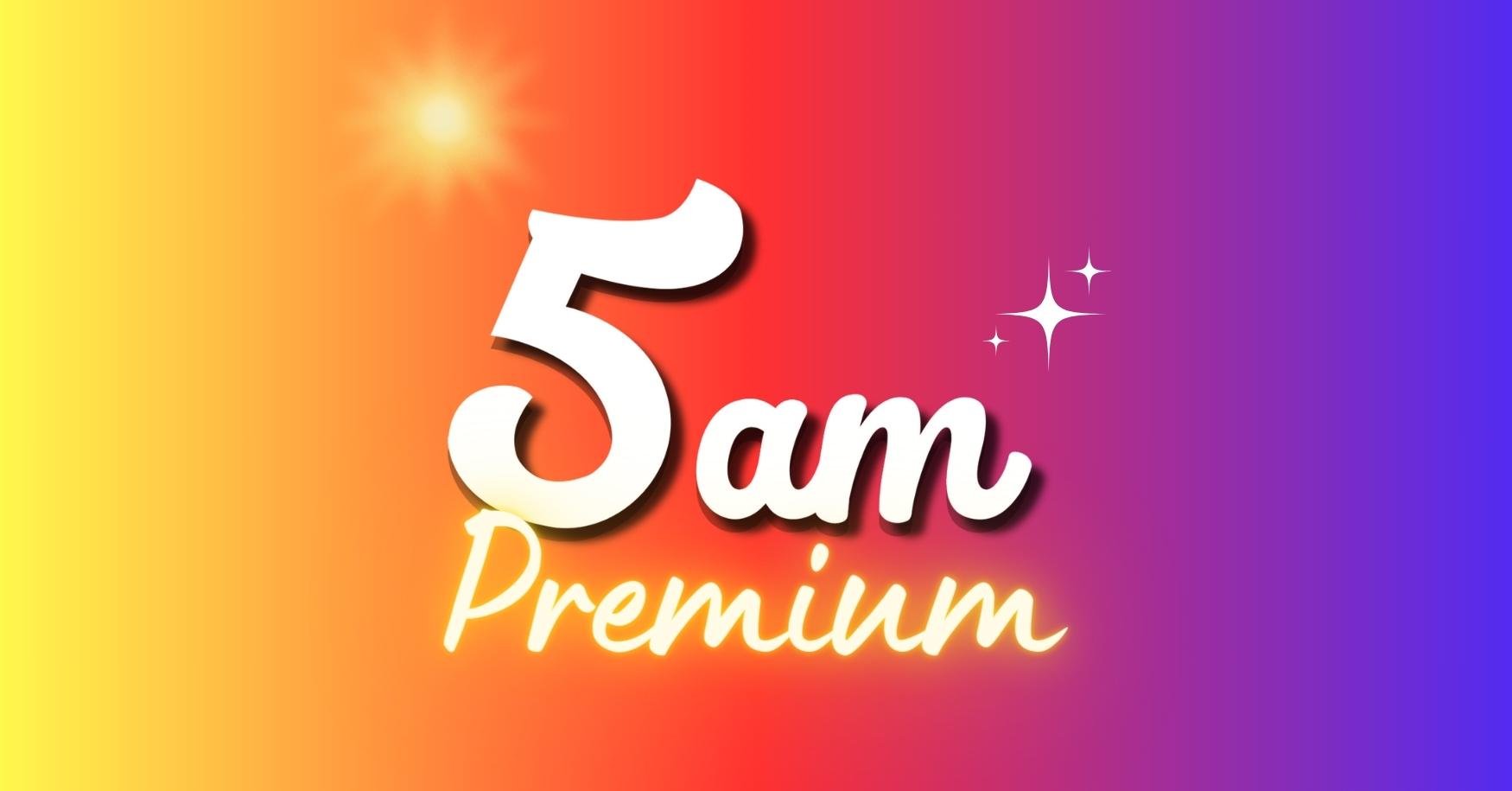7 Must-Have Notebooks in Evernote
Evernote can be a powerhouse for storing all kinds of important information. The trick is that you have to trust the system and commit to using it full-time.

Photo Credit: othree
Over the years I have switched back and forth a dozen times between various online storage tools. Now, I use only three services to house 99% of everything I need: Nozbe for task and project management, Google Drive for traditional file storage and spreadsheets, and Evernote for capturing and organizing everything else.
By the way, I discussed my triple threat of productivity (referring to these three tools) back in episode #14 of the podcast.
Why I Love Evernote
I started using Evernote in 2008 and then quickly gave it up because it was a blank slate and I didn’t know what to do with it. A year later I read an article and was inspired to try it again, this time with a plan.
Today, I have hundreds of notes inside a few dozen notebooks that organize nearly every scrap of critical data in my life.
Evernote has become my go-to system for storing articles I want to read later, organizing the big picture of my annual goals and projects, and keeping track of all important data that I want easy access to at a later date.
Once I figured out how to organize my information efficiently, I realized the power of the Evernote system and how I could manage and track just about everything.
Top 7 Notebooks in Evernote
These 7 must-have notebooks in Evernote are the building blocks I use to organize my important information. This is just the tip of the iceberg. Evernote has an unlimited capacity to store just about anything, so feel free to expand this list indefinitely.
1. Big Picture Planning
I’m a pretty ambitious guy, so I have lots of ideas, plans, and dreams about the future. I used to store these ideas on scraps of paper and then toss them out. Now, I keep a notebook in Evernote called “2014 Project Manager” that includes a list of my biggest projects for the year, my daily rituals, and ideas for future projects to work on in the years to come.
2. Brainstorming Sessions
No matter what line of work you are in, or what goals current have, nearly every new idea requires a brainstorming session to get your creative juices flowing. I record my notes from my brainstorms into a new note in my “Brainstorming” notebook. Soon after, I transfer any tasks to Nozbe (my task manager) and copy other important ideas to the relevant project notebook in Evernote.
3. Articles to Read Later
As a part of my weekly review process, I read all of the newsletters and articles I’ve captured throughout the previous seven days. I have a notebook called “Stimulus Queue” where all of my new articles are sent to. I use the Evernote Web Clipper in Chrome to quickly transfer articles into Evernote so I can read them later.
I also subscribe to newsletters with my Evernote email address (which you can find in your Evernote Account Settings) so all of my newsletters are automatically sent to my default notebook in Evernote, which happens to be the Stimulus Queue.
4. Meeting Notes
I don’t often attend meetings, but when I do, I prefer Dos Equis. Oh wait, I mean I always use Evernote to take notes. Even in off-line mode you can easily take meeting notes in Evernote on your iPad, synchronize the data when you get into a Wi-Fi zone, and then process the new information later.
Just be sure to create a reminder in your task management system to process all of your notes, identify important tasks, and disregard everything else. Taking notes doesn’t mean much if you don’t read them later (I know this from years of wasted note-taking).
5. Past Accomplishments
One of the first notebooks I created in Evernote was a list of my biggest accomplishments in the last year. I wanted a place to remember all of the things I did well so I could review the list and remind myself that I was still on track to be a high-achiever (yes, even ambitious guys like me frequently suffer from self-doubt).
I recommend you create a new note for each year of your life going back as far as you can remember. Record all of the great things you accomplished, trips you went on, new experiences that changed your life, or any other major personal victory. You’ll be surprised how a list like this can boost your self-esteem and provide some needed perspective to set new goals for the future.
6. Templates
I frequently receive emails from different people that look and sound identical. So, I created a notebook with email templates and I use them as frameworks to design each response.
This same technique can work with writing a new blog post, starting a new project, or with any other repetitive task where a template can save you time and mental energy from trying to re-invent the wheel.
7.Personal Records
I have notes that keep track of important data that I only look at once a year: medical records, addresses of places I’ve lived, work histories with names of my previous employers, and even important financial and tax information.
This process requires a bit of trust with the Evernote system. Recording personal data somewhere online is essential and I have a combination of data stored between Evernote, Google Drive, and on my personal computer that is backed up online with CrashPlan. In other words, this data will likely never disappear and I can access it easily.
Which Notebooks Do You Use the Most?
What are your go-to notebooks in Evernote?








